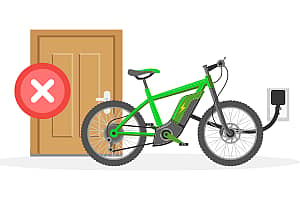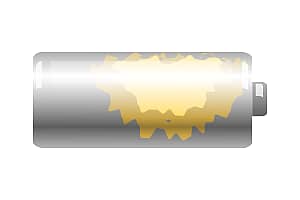Lightning kills an average of 51 victims a year. Your best protection is to go inside as soon as you hear thunder. Even indoors, dangers are still present. Learn the frightening facts and protect your home and family.
Lighting Myths & Shocking Facts
- Myth: If it’s not raining or cloudy, you’re safe from lightning.
Fact: If you can hear thunder, lightning is nearby. Lightning often strikes over 10 miles from the center of a thunderstorm
- Myth: A lightning strike victim carries a charge and should not be touched.
Fact: Lightning travels at about 220,000,000 miles per hour and will have exited the body by the time you approach. Check for a pulse and render first aid if possible. Call 911 immediately.
- Myth: In the event of a lightning strike, the rubber in a car’s tires protect occupants from being harmed.
Fact: If struck, it is the metal frame of the car that provides protection.
Protect Yourself
Use the 30/30 rule. When you see lightning, count until you hear thunder. If that time is 30 seconds or less, the thunderstorm is within 6 miles of you and is dangerous. Immediately seek shelter indoors or in a hardtop vehicle and remain until you have not heard thunder for 30 minutes.
Do not touch concrete surfaces, including those in a basement or garage. Lightning can travel through the metal wires in concrete walls and flooring.
Stay off corded phones and plugged in electronics
Avoid plumbing and water, including bathing or doing laundry
Never seek shelter under trees, poles, or other tall structures as they are more likely to be struck by lightning
Protect your Property
Unplug appliances and other electrical items, such as computers and televisions, to prevent damage from surges caused by lightning strikes
Surge Protection can help prevent damages to your electronics. There are two types of surge protection:
- Point-of-Use Surge Protection
Protects only the items that are directly plugged into the device from most electrical surges - “Whole Home” Surge Protection
Located at your main electrical panel or base of the electric meter, this device provides protection for your entire electrical system
However, neither type can safeguard against a direct lightning strike. If you live in an area prone to lightning, consider a lightning protection system.








